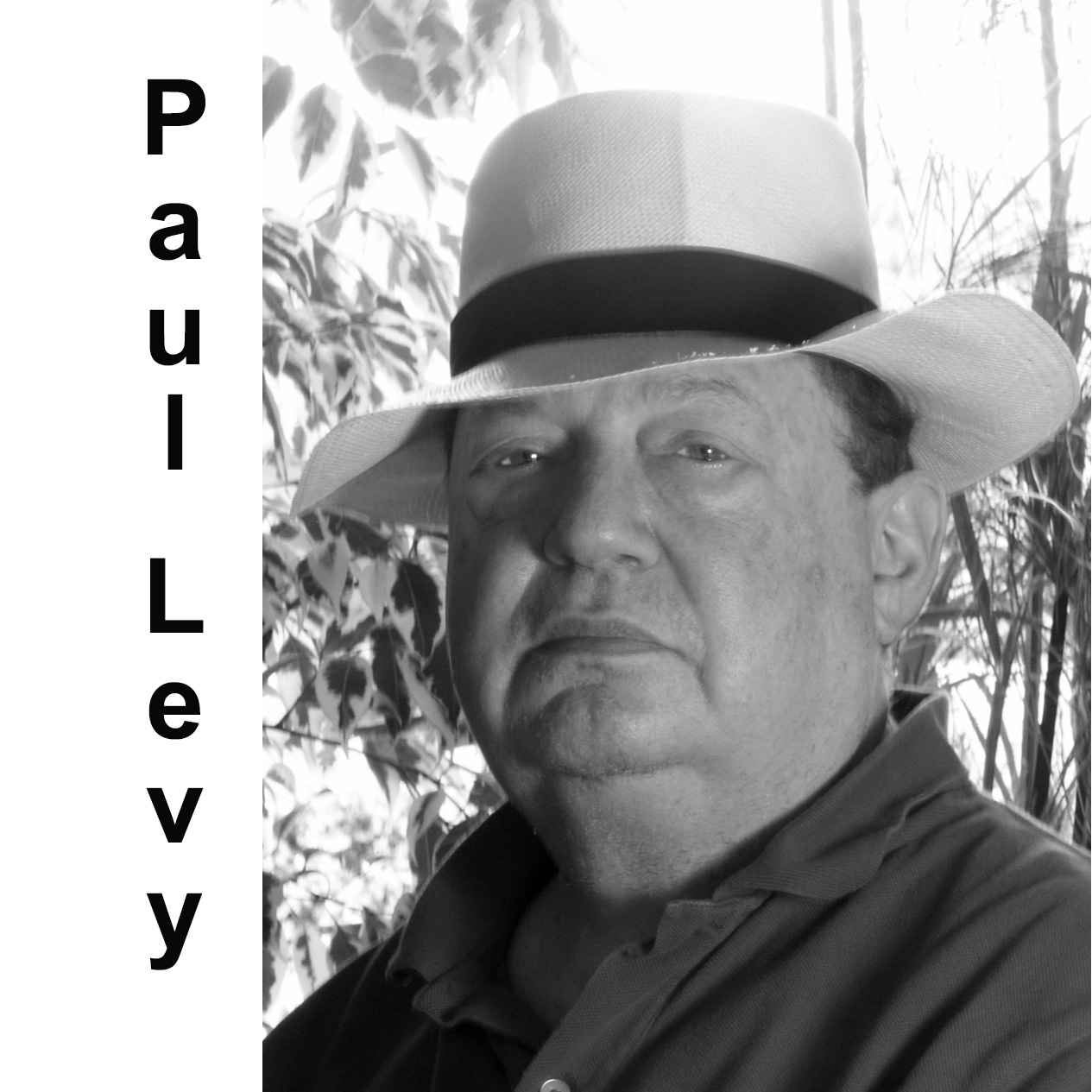There’s a bit of a hidden treasure, if not quite on my doorstep, then only an hour’s drive away towards the Cotswolds. Compton Verney is an historic manor and parish, with a Grade-I listed country house, redesigned by Robert Adam in the 1760s and landscaped by Capability Brown in 1768. The tiny parish was 119 souls in the 2011 census, and for one reason or another, the manor house has not been lived in since WWII. By the 1980s it was almost derelict.
It is now a glorious, up-to-date art gallery, thanks to the generosity of the Peter Moores Foundation, with six permanent collections, and loan exhibitions supported by the amazing Garfield Weston Foundation and the Art Fund. The current displays are “Grinling Gibbons: Centuries in the Making” by the greatest British carver, and “John Nash: The Landscape of Love and Solace,” the last of which is on from 23 October to 23 January 2022. Don’t miss the V&A’s loan of Gibbon’s intricately worked limewood cravat, which Sir Horace Walpole was said actually to have worn when greeting visitors to Strawberry Hill.
The John Nash show has less obvious attractions. The younger brother (1894-1977) of the painter and early Surrealist Paul Nash (1889-1946), John Nash is represented here by a few paintings – some his best, such as “Over the Top” (1918, loaned by the Imperial War Museum) and “The Cornfield” (1918, Tate) – watercolour landscapes, botanical illustrations, wood engravings and lithographs.
Having lived and worked for so long, John Nash, perhaps not surprisingly, served as a War Artist in both Wars. The First was, for him, the grimmer, as “Over the Top” depicts a British counterattack during the Battle of Cambrai when, of the 80 men in his company, 68 were wounded or killed in the first few minutes, and Nash was one of only twelve who survived.
As a young man he was at the Slade with the painter Carrington, and one of the many of his coevals who were in love with the charismatic woman who herself loved only Lytton Strachey, and killed herself rather than live after Strachey’s death. Depression seems to me to loom over much of John Nash’s own work. The Nash sons’ mother had such bad depression that she was institutionalised, and John seems to have suffered from the Black Dog to the point where, as in “The Cornfield,” shadows always intervene on otherwise sunny scenes.
On the whole I am more impressed and touched by his smaller botanical works and the masterful wood-engravings in the exhibition, than by the selection of paintings and watercolours exhibited. But this show does give you a rare chance to see a sampling of the whole career of a versatile and fruitful 20th century artist. As we left, my wife bought a present for me from the splendid Compton Verney gift shop – ten postcards featuring Nash’s wood engravings for his 1927 series of “Poisonous Plants” – sinister and wonderful.

